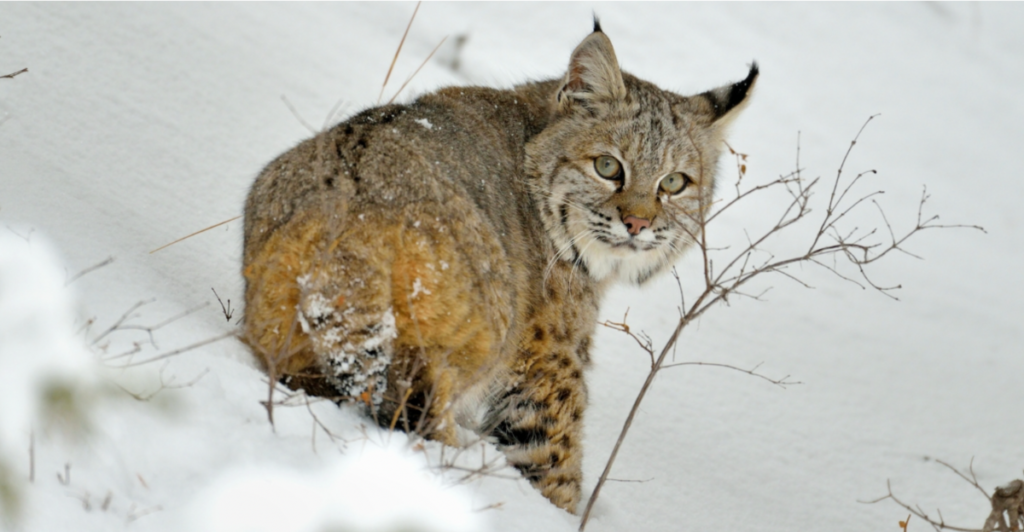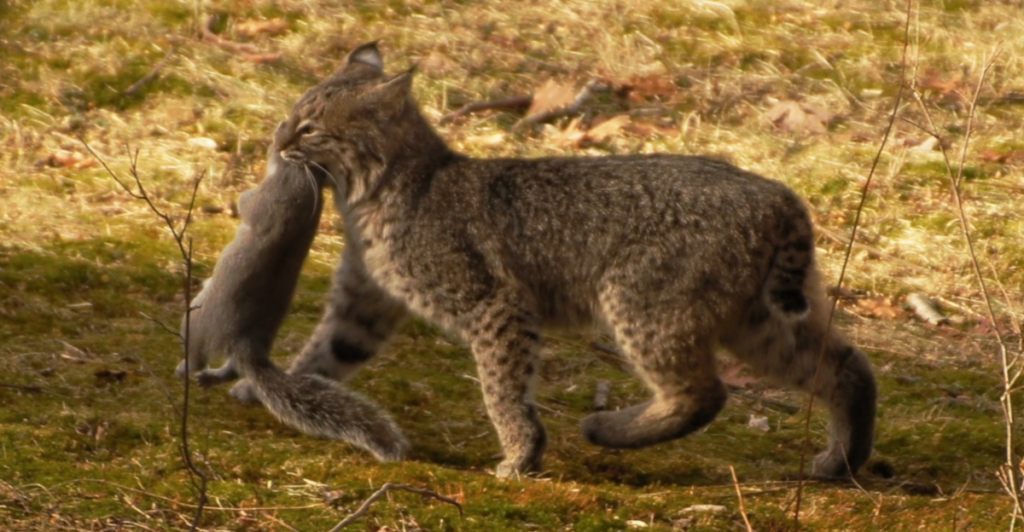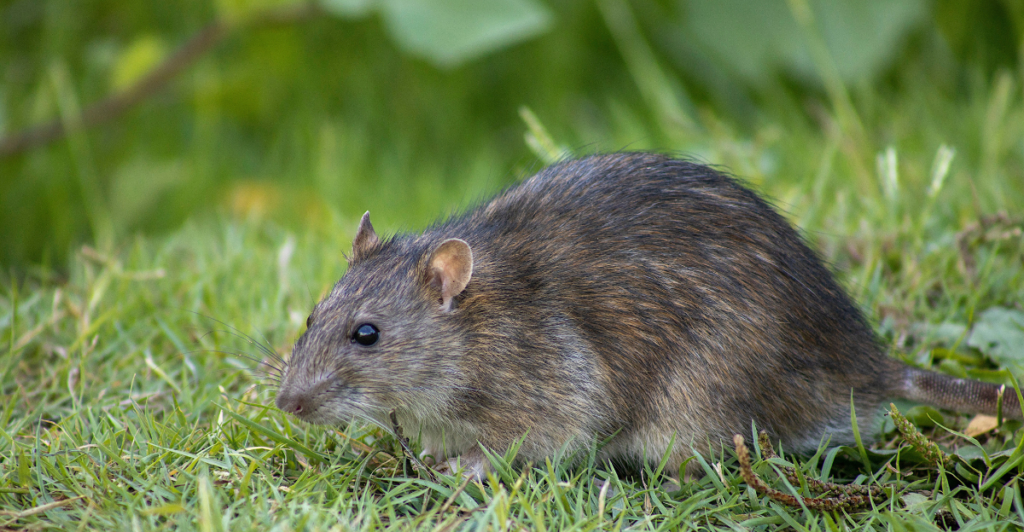
The spotted wild cat of America, the bobcat, is making a comeback. For centuries, their numbers had been declining. Once affected by territory ruin and hunting, they are now resurging and occupying forests, deserts, to even some cities’ edges. It’s not just a plus for wildlife observers; it’s a secret achievement for public health and environmental equilibrium. Here’s why.
Masters of Adaptation: How They Survive When Others Don’t
What is it that makes bobcats so persistent? While other species are affected by our increasing presence, bobcats have learned to adapt to living among us. They are found in a variety of grounds, from wooded areas to rocky terrain, and even in suburb backyards. Yet, they are still quite shy. They are sometimes only sighted when on the move, like ghosts of the wild. With their tufted ears and spotted fur signature tail, it’s easy to recognize this beautiful animal, but getting to see one is uncommon. One of the most surprising advantages of bobcats is their impact on rodent populations. Mice, rats and other small animals carry diseases like Lyme disease. Bobcats act as natural pest control and reduce the chances of diseases spreading.

Ticks, one of the main carriers of Lyme disease, target rodents primarily. By comparison, bobcats are ‘poor’ hosts for these parasites. Ticks, parasites that often feed on bobcats, are unlikely to transmit disease. The term for this phenomenon is called the dilution effect. It has the potential of disrupting disease transmission, so that the environments that we create are safer for people and other animals. When there are less of these infected hosts in the environment, then there is less of a chance of disease spreading.
The Main Threats to Bobcats

Bobcats are, however, still not doing as well as they used to, and are facing many threats. Urbanization restricts their hunting areas and forces them to cross roads, which is dangerous. Rodenticides are another dangerous threat. Many poisons used to exterminate rodents aren’t only dangerous for rodents but harm other animals that feeds on them. Bobcats that consume poisoned rodents are known to develop symptoms such as internal bleeding and immune system complications. California has prohibited some rodenticides because of their impacts on predators. But the use of these chemicals is still widespread. Conservationists are trying to push alternative pest control methods, and instead encourage owl boxes and humane traps to protect the bobcat population.
What You Can Do to Help Bobcats Thrive
Avoiding the use of rodenticides and opting for environment-friendly measures to keep away pests can have significant positive impacts. Protecting green spaces and supporting conservation enhances the conservation of natural environments, and encourages wildlife movement and survival. In rural areas, safer driving reduces the chances of accidents. Spreading awareness about the signifcant role of bobcats for the ecosystem will make more people appreciate and do what they can to protect them.
A Shared Future

Bobcats may be difficult to spot, but their existence is needed. The presence of bobcats is a good indication of the health of the environment. As they continue claiming their ground in the wild, they remind us of the world’s complex web of life, in which everything is interconnected. Every being plays a role in the overall welfare of the ecosystem. Bobcats’ silent work as pest controllers and ecosystem stabilizers is a clear sign that we need to protect our natural world and its inhabitants. We need to incorporate changes in our daily lives to avoid harming wildlife and allow bobcats to thrive for many years to come.







